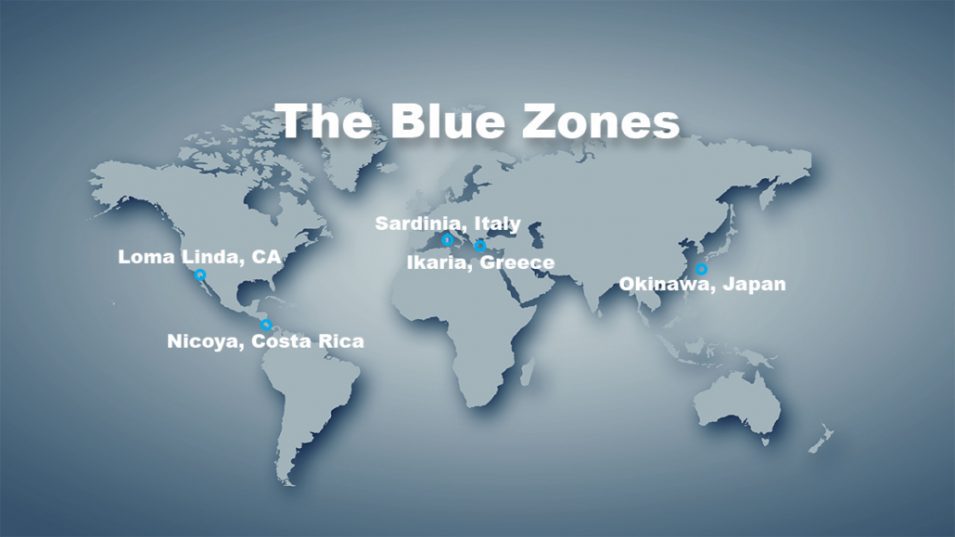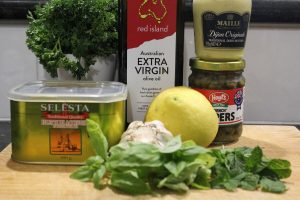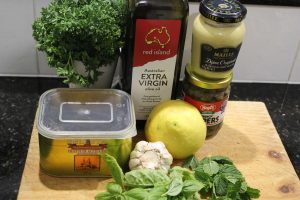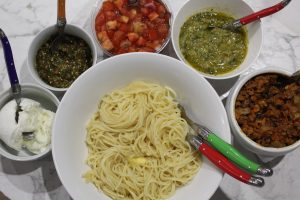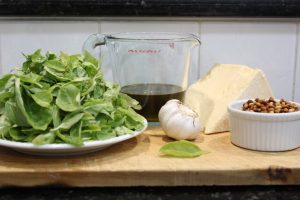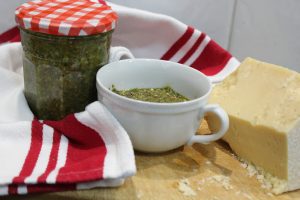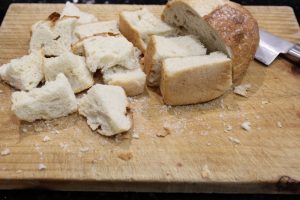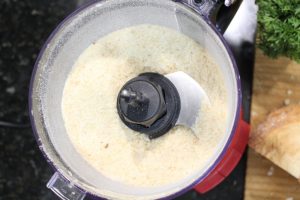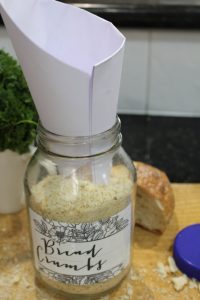natural fibres and clothing
According to the calendar, the Southern Hemisphere has entered Autumn. With persistent high temperatures it is hard to get really interested in the pages and pages of winter clothing appearing everywhere now. A walk through the shopping centre shows clothing brands are preparing for cooler weather. A closer look reveals many of these pieces are made from manmade fibres which will not break down once they’re in landfill. Similarly, most donated clothing is not recycled and not suitable for reuse, so it becomes landfill or is sent overseas where it eventually becomes landfill also.


Image Pixabay
According to Choice (here), Australia’s leading consumer advocacy group, each Australian buys 27kg of new clothes every year and disposes of 23kg of clothing at the same time. Australians generated 780,000 tonnes of textile waste of which only 7% was recycled, the rest became landfill.
The best outcome is to buy less, buy lasting quality and maintain existing clothes. Look for natural fibres. Channel Yves Saint Laurent who said ‘Fashion fades, style is eternal.’ He wanted his clients to discover their own style and stick with it.
Finding clothing made entirely from natural fibres is difficult and often more expensive. You’ll have to consider the cost against the number of times you’ll wear it. Learn how to launder the fabrics to keep the colour and shape. A quick search online shows many suggestions, plus a lot of information about mending.


Image Pixabay
Before you baulk at the cost, consider the longevity of the fabric. For instance, linen has been found dating back 34 000 years in a cave in the Caucasus. Linen is made from flax which takes 100 days to transform from seed to harvesting. It requires less water than cotton, is smooth and lint free, has anti-bacterial properties and is thermo-regulating. The best linens come from France, Belgium and The Netherlands. China and Canada grow flax, but true aficionados only seek out linen from Flanders. The quality is reflected in the price. Linen is popular and easy to find at the moment. Buy the best quality you can and enjoy it forever. Think of French bedlinen, highly sort after in French markets; some sheets are over a hundred years old.
Other sustainable fibres are wool including cashmere, angora, pashmina and mohair, cotton, silk, hemp and jute and the most recent addition, bamboo. Bamboo fabric is created by crushing and submerging the cut bamboo in a solution of sodium hydroxide which dissolves the cellulose. Next carbon disulfide (a highly flammable carcinogen) is added to create a fibre which is then bleached white. The production of the bamboo fabric is probably more chemically intensive than other fabrics. Despite the advertising, bamboo is not a green fabric.


Image Pixabay
So buy wisely, maintain your clothes and limit how many pieces you need. There are many online guides to building a capsule wardrobe, based on about 10 main pieces. Easy enough as you’ll probably already have a few base pieces like jeans, trousers or a blazer to build on.
decorating trends
So now you’ve got your wardrobe sorted, lets look at the decorating trends. Unfortunately, I discarded my full length, floral Laura Ashley dresses many years ago. It’s a shame, because looking at the decor trends in Europe I’m pretty sure Laura Ashley-like floral dresses will be the summer fashion here.
I base this on the interior designs in international decorating magazines. In one, it’s all about wallpaper and the wallpaper is Toile de Jouy. Once an Irish decorating favourite from 1760, Toile de Jouy soon swept through France and then everywhere. It was also a favourite during the Laura Ashley era. So a blast from the late 70’s through to the early 90’s. Some of wallpapers included in this article are traditional Toiles, featuring scenic vignettes, such as sprigs of flowers, horses, styles, herds of cows under trees, they’re all there. Some are more modern. Pictorial story telling in one colour on a white or cream background is everywhere. The articles suggests wallpapering one wall, or within painted panels or above the dado in bathrooms or sitting rooms. Exactly as I did in one of our houses, in 1991. Even the same colours.
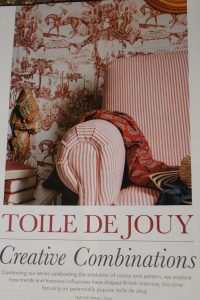

So, when I turned to the page to the next article,’Heaven Above’ I was almost prepared for the next new thing. It’s wallpapering your ceiling. Not necessarily matching the wallpaper on the walls, although that is recommended but maybe a smaller pattern or even a bigger pattern in similar colours to blend with the wallpaper on the walls. These images remind me of hotels we stayed in the UK during the 80’s and 90’s, sloping wallpapered ceilings and Toile wallpaper, Toile curtains and bed skirts and even a matching Toile skirt on a kidney shaped dressing table. All those swags and ruffles.
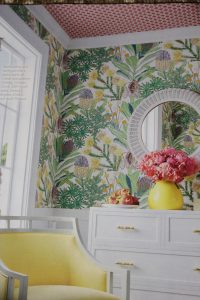

All of which did actually prepare me for the next article called ‘Border Control’, suggesting we need definition in our decorating schemes. To do this we need clever borders created with wallpaper, paint, tiles or fabric trim. Another decorating hint in the same magazine was to brighten things up by tacking a pleated fabric skirt to your chairs. I’m experiencing deja vu. Worse still, I remember the dust in all the ruffled pelmets, curtains, Roman blinds and frilled cushions. Never again.


Trends referred to are based on articles and photographs from THE ENGLISH HOME, April 2024, Issue 230, UK Edition.

